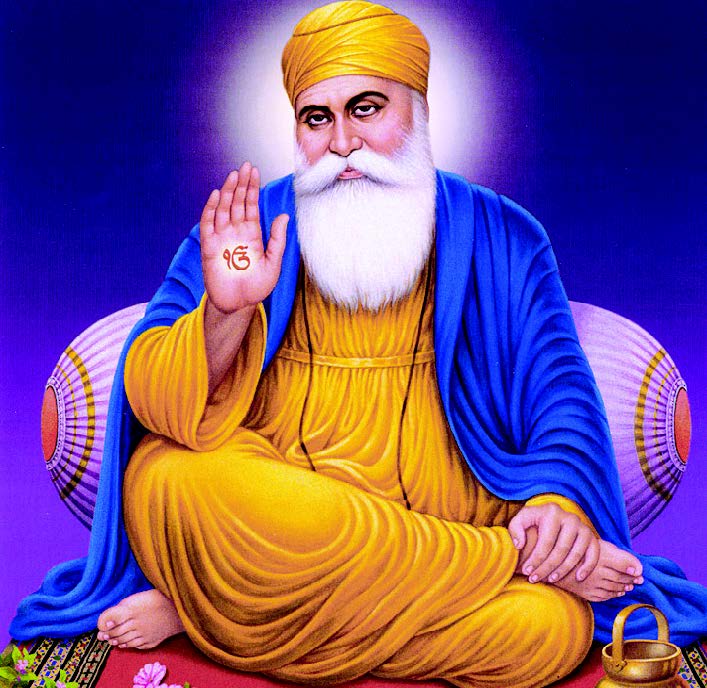
Hanuman Jayanti is one of the most celebrated festivals in the Hindu calendar, dedicated to the birth of Lord Hanuman-the ultimate symbol of strength (bala), unwavering devotion (bhakti), knowledge (gyan), and humility. A deeply spiritual occasion, it reflects the core values of courage, service, and spiritual discipline.
Hanuman is not only a central character in Hindu mythology but also a living presence in the daily spiritual practices of millions. Celebrating his birthday is both a devotional act and a reaffirmation of one’s faith in righteousness and moral strength.
Hanuman the Chiranjeevi: The Immortal Devotee
In Hindu tradition, Chiranjeevi means an immortal being. Lord Hanuman is one of the seven legendary immortals (Chiranjeevis) who are destined to live until the end of the current age (Kali Yuga). He was blessed with immortality by Lord Rama for his unwavering devotion, courage, and service.
Hanuman’s immortality signifies his eternal presence on Earth. It is believed that he continues to live in a subtle form, aiding devotees, protecting the righteous, and responding to the sincere chanting of Rama’s name. He is called Sankat Mochan (remover of troubles) and is worshipped for strength, protection, wisdom, and inner peace.He plays an active role in the spiritual lives of millions even today, offering comfort and power to overcome challenges. His timeless presence reminds devotees that divine help is always near, especially in difficult times.
The Divine Birth of Hanuman
According to Hindu scriptures, Hanuman was born to Anjana, an apsara who was cursed to live on Earth, and Kesari, a monkey chief and a great warrior. Anjana prayed fervently to Lord Shiva for a child. Pleased with her devotion, Shiva granted her the boon of a powerful son.
At the same time, King Dasharatha of Ayodhya was performing a yagna to beget sons, and he received divine pudding (payasam) from the fire god Agni. As the story goes, a portion of this divine offering was carried by the Wind God (Vayu Dev) to Anjana, who consumed it and conceived Hanuman. Thus, Hanuman is also considered the spiritual son of Vayu, earning him the name Vayuputra.
Astrological Significance
Hanuman Jayanti is celebrated during the full moon (Purnima) of the Chaitra month (March-April), as per the Hindu lunar calendar. This day is astrologically significant because it’s believed that Hanuman was born during the Chitra Nakshatra, on a Tuesday, a day that remains sacred to him.
Legends and Heroic Feats
Hanuman’s life is a series of incredible episodes filled with miracles and service to dharma:
– Childhood Pranks and Powers: As a child, Hanuman mistook the sun for a ripe mango and flew up to swallow it, causing cosmic chaos. The gods had to intervene, and his powers were temporarily subdued to prevent misuse-restored only later when required in Rama’s service.
– Service to Lord Rama: Hanuman played a key role in the Ramayana. He leapt across the ocean to Lanka, found Sita, burned Lanka with his tail, and brought the Sanjeevani herb to save Lakshmana’s life.
– Symbol of Immortality: It is believed that Hanuman is Chiranjivi (immortal) and still roams the Earth, especially wherever Lord Rama’s name is chanted.
Devotional Practices
1. Fasting (Vrat)
Many devotees undertake a strict fast from sunrise to sunset, abstaining from grains and consuming only fruits and milk. The fast is a symbol of self-discipline and spiritual cleansing.
2. Mantra Chanting
Devotees recite:
– Hanuman Chalisa (composed by Tulsidas)
– Sundarakanda (from Ramayana)
– Bajrang Baan, Anjaneya Dandakam, and other stotras
These hymns are believed to remove obstacles, protect from evil, and bring inner peace.
3. Temple Worship
Special pujas are conducted at Hanuman temples. The idol is often smeared with sindoor (vermilion) mixed with ghee, a sacred offering representing purity and energy. Devotees offer flowers, bananas, sweets like boondi or laddus, and light diya (lamps).
4. Sankirtan and Bhajans
Devotional songs and group chanting (kirtans) are organized. Some temples hold Akhand Ramayana Path (non-stop recitation of the Ramayana) throughout the day and night.
Regional Celebrations
North India
– Celebrated on Chaitra Purnima with fasting, prayers, and large temple gatherings.
– Delhi’s Hanuman Mandir and Varanasi’s Sankat Mochan Temple see massive footfall.
Maharashtra
– Devotees perform 41-day Hanuman sadhana leading up to Jayanti.
– Applying sindoor to idols is highly popular, especially in Mumbai and Nashik.
Andhra Pradesh & Telangana
– Celebrated for 41 days starting from Chaitra Purnima to the 10th day of Krishna Paksha in Vaishakha.
– Known as Hanuman Deeksha.
Tamil Nadu & Kerala
– Observed in Margazhi month (Dec-Jan) as Hanumath Jayanthi.
– Devotees visit temples like Namakkal Anjaneyar Temple (Tamil Nadu) and Chowalloor Sri Hanuman Temple (Kerala).
Karnataka
– Celebrated on Shukla Paksha Trayodashi in Vaishakha month.
– Special prayers and processions are common.
Modern-Day Relevance
Hanuman’s popularity is timeless. In modern times, his image is associated with:
– Strength and Endurance: Athletes, bodybuilders, and martial artists look up to Hanuman as the original embodiment of physical prowess.
– Protection: Amulets, lockets, and even vehicle decals of Hanuman are believed to ward off evil.
– Mental Focus: Students and professionals invoke him for concentration and clarity.
– Social Inspiration: Hanuman inspires youth to engage in service, stand up for justice, and stay grounded in values.
Interesting Facts
– Hanuman is worshipped on Saturdays and Tuesdays, considered especially auspicious.
– He is also a master of the nine forms of devotion (Navadha Bhakti).
– Several martial arts schools in India, including Kalaripayattu, honor Hanuman as their patron deity.
– Hanuman Chalisa is among the most recited spiritual texts in the world.





Be the first to comment